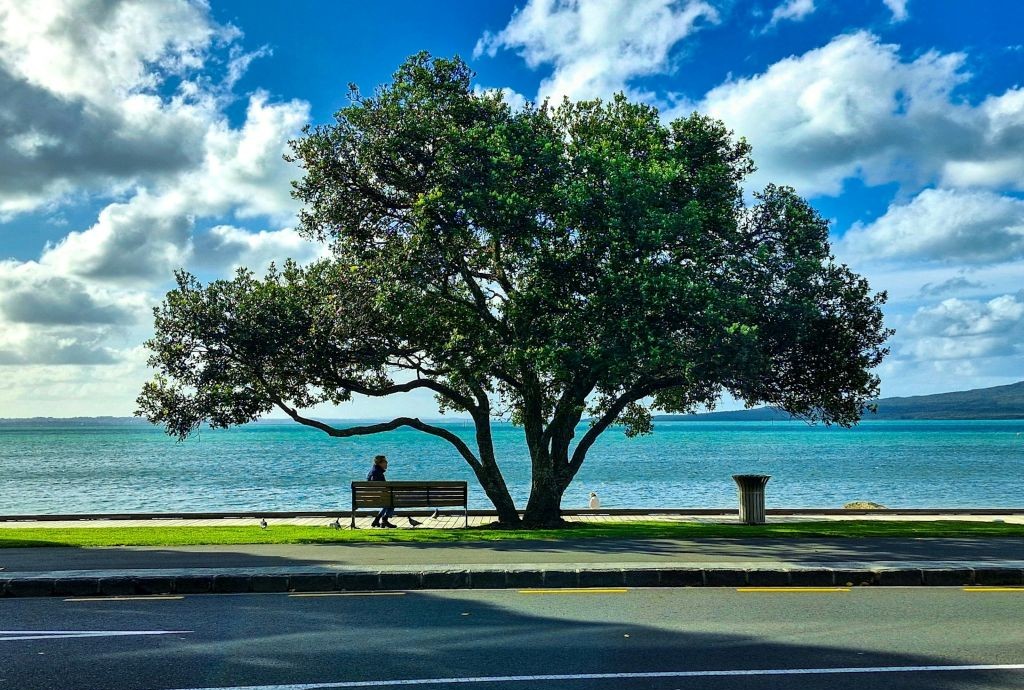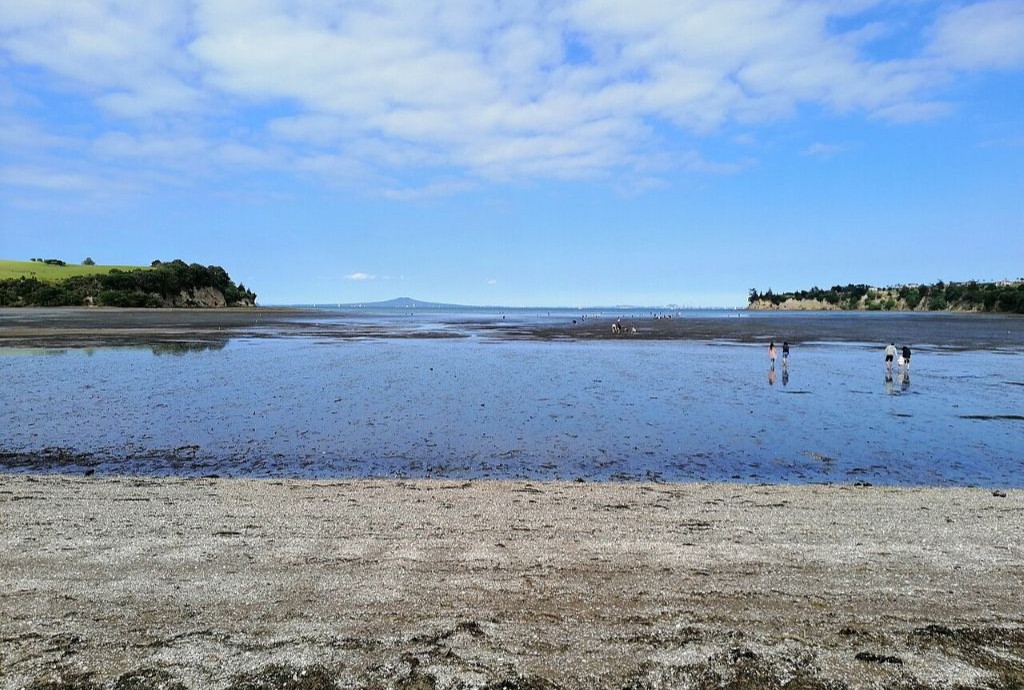Table of Contents
16th May 2021
The homeless situation is growing. In the conflict zones, civilians have been bombed out of their homes, with no assistance from aid organisations available. Refugees are in need of food and medical assistance in Mindat, Chin State. Mindat civilians fled for safety after clashes between the military council and the CDF.
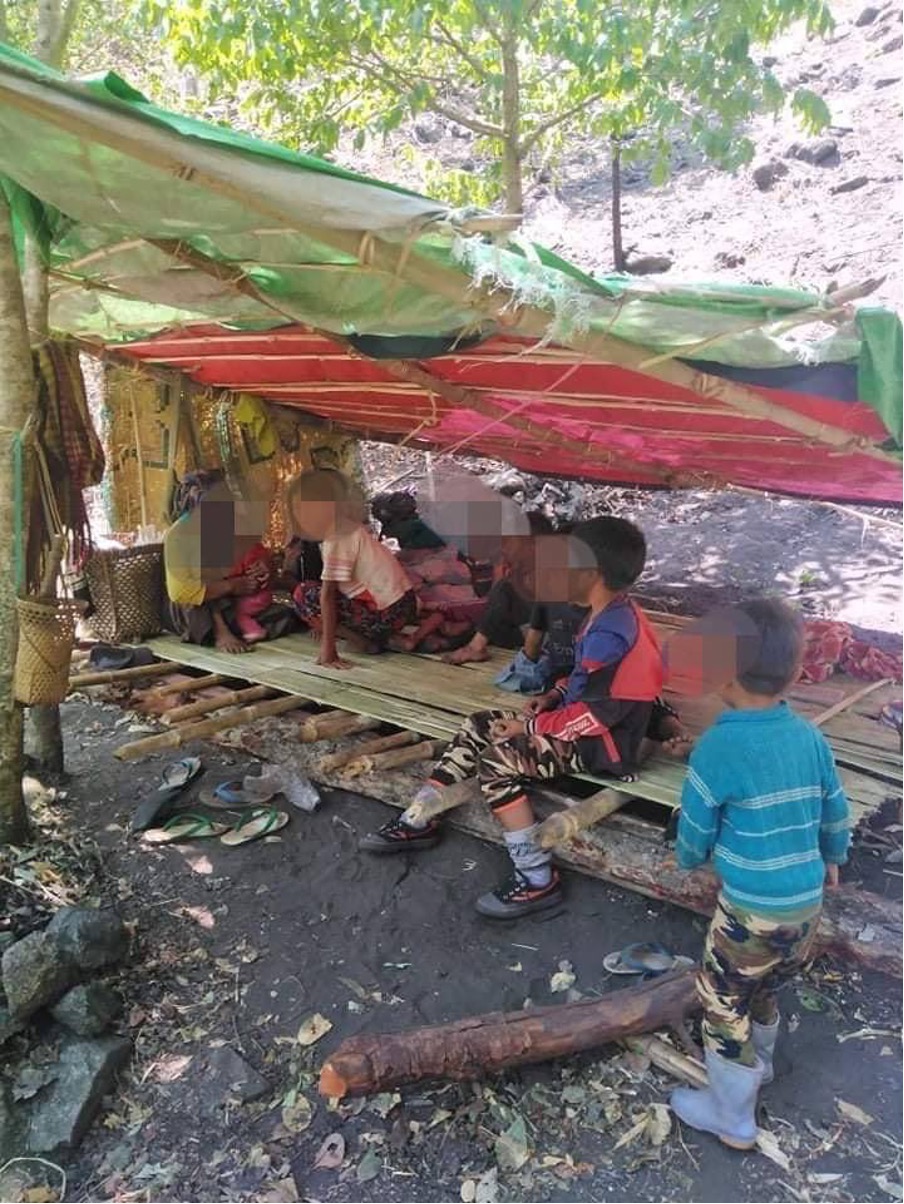
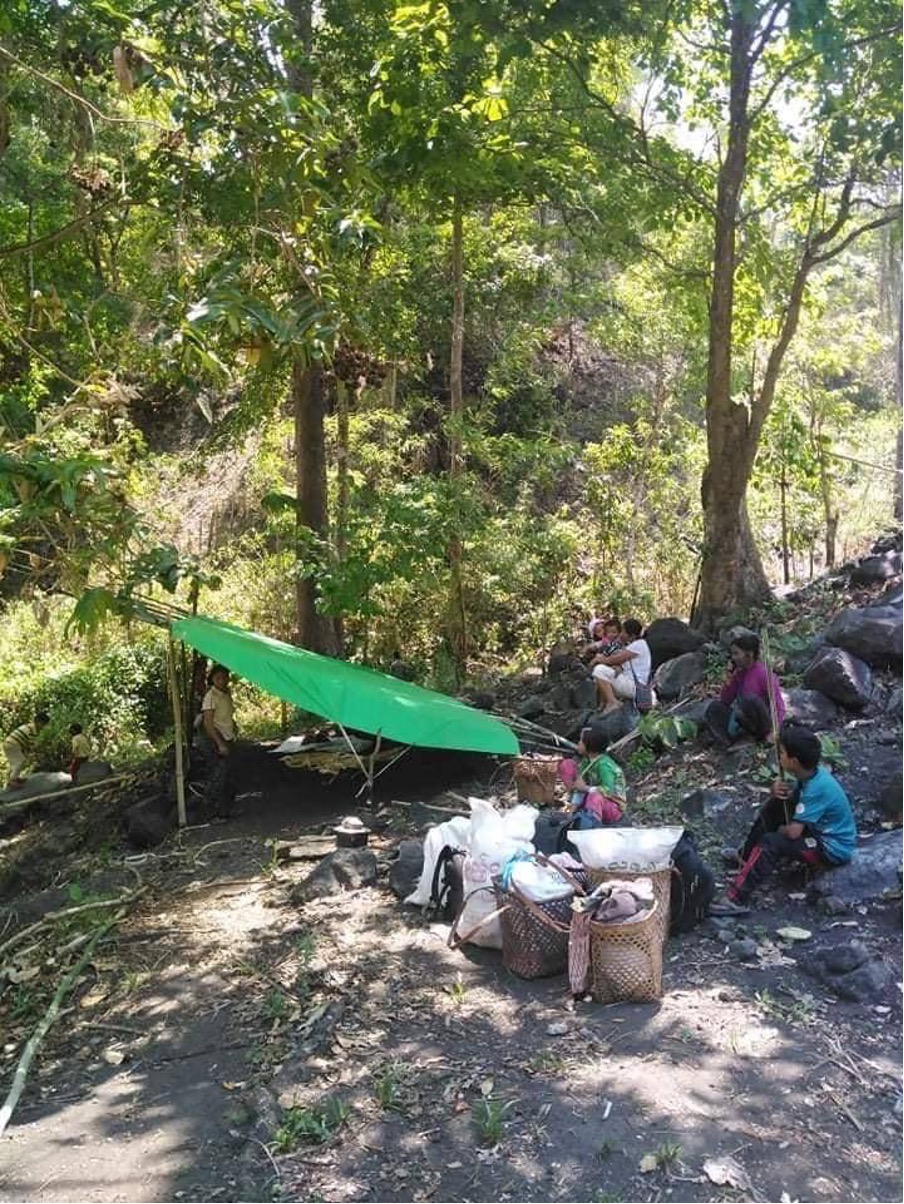
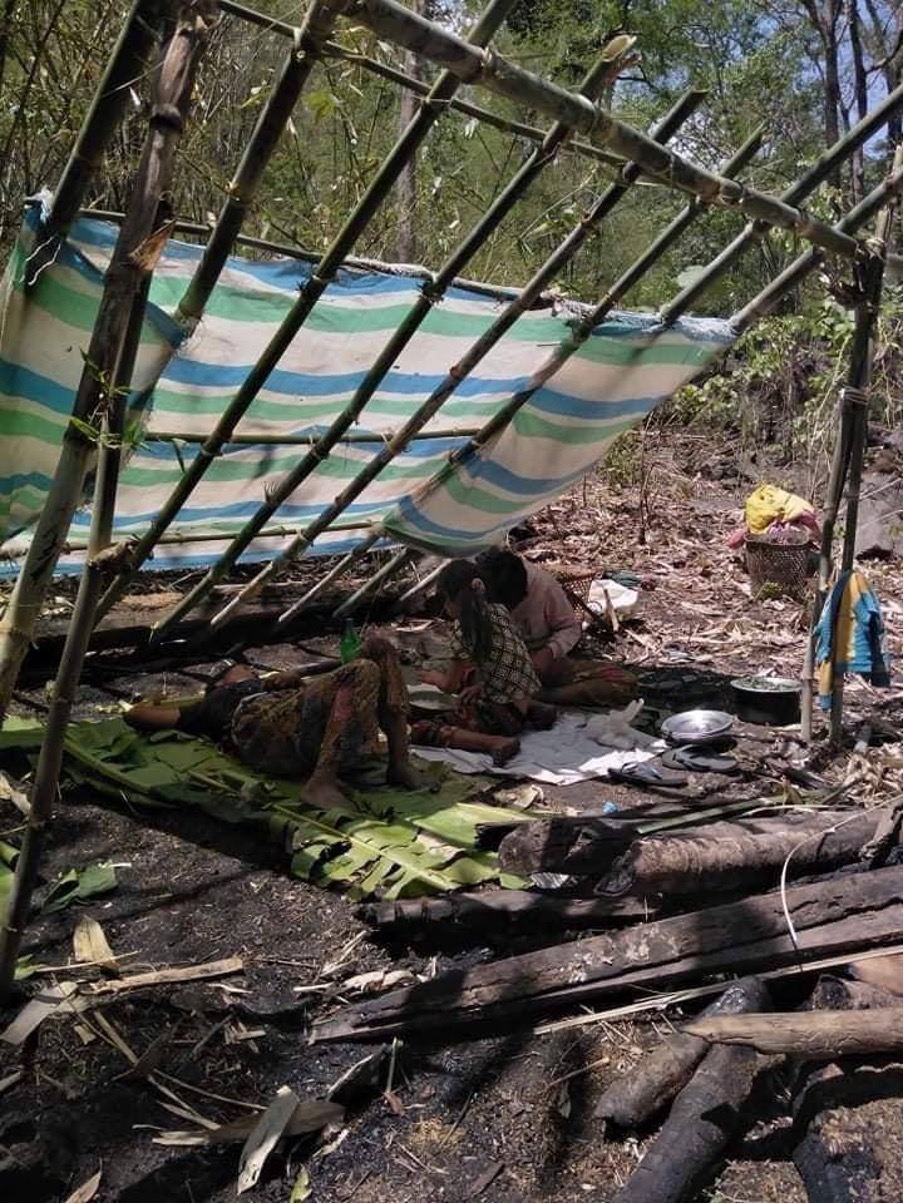
There were some comments on yesterday’s update about China’s involvement in the arms supply to Myanmar. The geopolitics are extremely complicated and also involve India, Thailand and the ASEAN nations, but China was more favourably looked on by Daw Aung San Suu Kyi than by the Tatmadaw. The following may help with understanding some of the background to the situation.
Min Aung Hlaing’s deepening alliance with Russia — to offset China’s influence — has not been lost on Myanmar academics specializing in military affairs. The academics, who requested anonymity, trace this turn to tense China-Myanmar military history until the late 1980s, Beijing’s role in the ongoing ethnic conflicts along the Myanmar-China border and faulty Chinese-made military hardware.
“Unlike China, Russia does not play a role in [Myanmar’s ethnic] peace process, nor does it have extensive investment in [the country],” an academic said. “Russia’s lack of geostrategic interest makes it an appealing partner.”
An Asian diplomat agrees. He reckons that Min Aung Hlaing is still smarting at reports of a Chinese weapons supply line into the strongholds of ethnic rebel armies that the Tatmadaw has targeted along Myanmar’s eastern borders. They include Chinese-made 107-mm surface-to-surface rockets and surface-to-air missiles.
“Min Aung Hlaing is personally distrustful of the Chinese,” the diplomat said. “Only China presents an existential threat to Myanmar — not Russia.”
China accounted for 50% of Myanmar’s major arms imports from 2014 to 2019, including warships, combat aircraft, armed drones, armoured vehicles and air defense systems, said Simon Wezeman of the Stockholm peace institute. Russia supplied 17% of military imports, “mainly in the form of combat aircraft and combat helicopters.”
The institute’s database confirms that Myanmar’s weapons bill for 2010-19 reached $2.4 billion, including $1.3 billion in Chinese-supplied arms and $807 million from Russia. The Russian combat aircraft among Myanmar’s new military assets are the MiG-29, SDu-30MK and JF-17 and the training craft K-8, Yak-130 and G 120TP.
Many of the light armoured vehicles on the streets were made in Russia. These imports are among a growing list of supplies that have deepened ties between Moscow’s defense establishment and Myanmar’s military, say researchers at the Stockholm International Peace Research Institute.
By 2019, the most recent year for which data has been published, Myanmar’s bill for Russian military assets totalled an estimated $807 million for the decade, according to the institute.
The Russian vehicles used on the morning of the Feb. 1 putsch “could have only been delivered quite recently” — within two to three years — but “have not been documented” in official Myanmar sources, said Siemon Wezeman, a senior researcher at the Swedish think tank, which tracks global trends in arms and military spending.
Senior Gen. Min Aung Hlaing, the army commander and junta chief, has cultivated defense ties with Moscow over the past decade to avoid dependence on China, Myanmar’s giant neighbour and largest weapons supplier.
The Tatmadaw, as Myanmar’s military is known, has pursued the Russia strategy to broaden its defense and diplomatic options.
Min Aung Hlaing’s deepening alliance with Russia — to offset China’s influence — has not been lost on Myanmar academics specializing in military affairs. The academics, who requested anonymity, trace this turn to tense China-Myanmar military history until the late 1980s, Beijing’s role in the ongoing ethnic conflicts along the Myanmar-China border and faulty Chinese-made military hardware.
“Unlike China, Russia does not play a role in [Myanmar’s ethnic] peace process, nor does it have extensive investment in [the country],” an academic said. “Russia’s lack of geostrategic interest makes it an appealing partner.”
An Asian diplomat agrees. He reckons that Min Aung Hlaing is still smarting at reports of a Chinese weapons supply line into the strongholds of ethnic rebel armies that the Tatmadaw has targeted along Myanmar’s eastern borders. They include Chinese-made 107-mm surface-to-surface rockets and surface-to-air missiles.
“Min Aung Hlaing is personally distrustful of the Chinese,” the diplomat said. “Only China presents an existential threat to Myanmar — not Russia.”
Source Nikkei Asia 9th February 2021.
It is a complicated situation and the Chinese are worried about the growing involvement of Russia and India. It is in the West’s interests to keep China under control in Myanmar as China’s strategic objective is to maintain and improve road rail and pipeline connections to Myanmar’s Indian Ocean ports, thus freeing up the chokepoint of the Malacca straits through which passes much of China’s oil and strategic supplies.
Finally, the irony of all this is that the Tatmadaw was founded by General Aung San, Daw Aung San Suu Kyi’s father in 1941.
Please share this article so that others can discover The BFD




